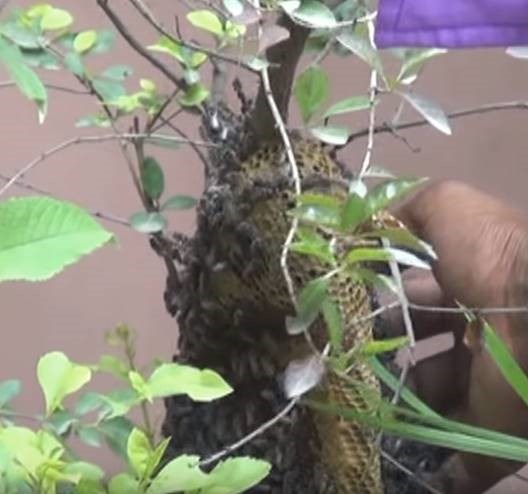Bee populations around the world have been in decline for years now.
One of the perpetrators behind this drop is neonicotinoid compounds, one of the most widely used types of insecticide.
First used in the mid-1990s, they are now the most commonly-used class of insecticide. The insecticides are used in seed treatment, where high concentrations are dosed on seeds and they are then absorbed by the plants.
The neonicotinoids have been shown to destroy honey bee populations by reducing colony sizes. Now, researchers have found that exposure to this pesticide causes changes in the bee’s behavior.
The affected bees within the nest are less active, spend less time socializing with other bees, are less likely to feed and take care for larvae, and are found near the outside of the colony.
Also it was discovered that this behaviour was more prevalent in the night time hours. They also discovered that exposure prevented the bees from building protective wax caps around their colony or warming the nest.
Go Green Pest Control owner Randy Bilesky is a long-time South Delta resident. Trained and certified, Bilesky has first-hand knowledge of the pest problems that local homeowners and business owners encounter.


